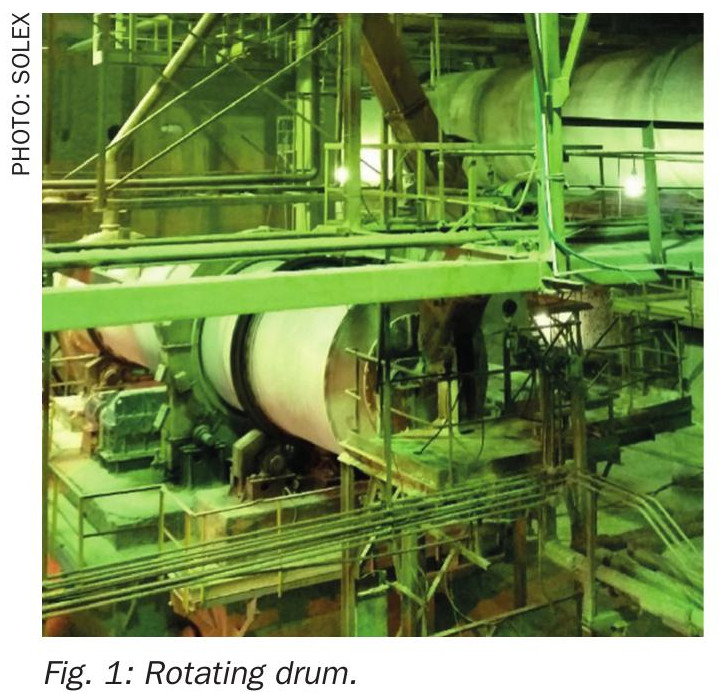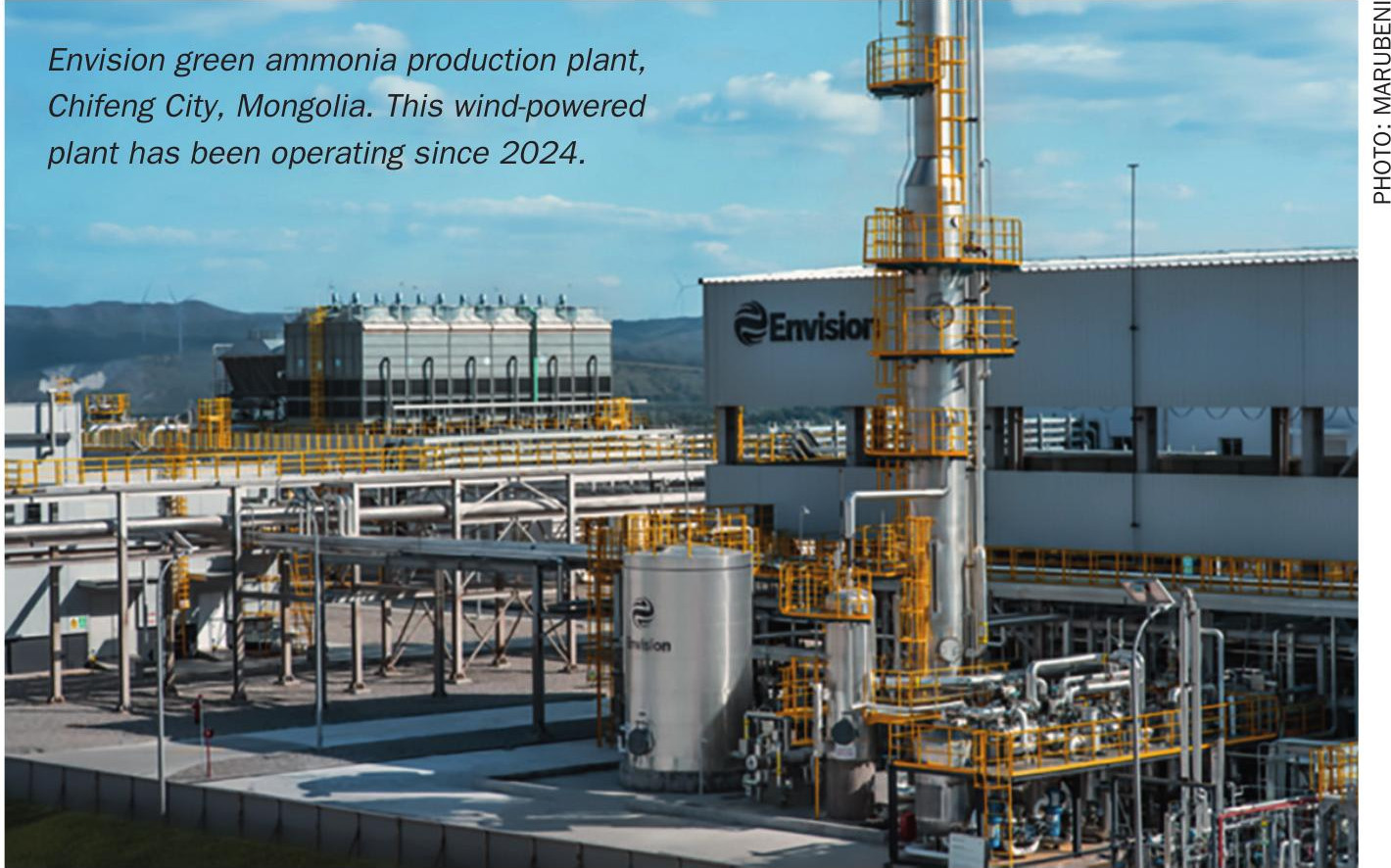Sulphur 419 Jul-Aug 2025

16 July 2025
CIPL to build phosphoric acid plant by 2027
Caitlyn India Pvt Ltd (CIPL) has announced a $46 million investment to build a 50,000 t/a phosphoric acid plant in India. The plant aims to reduce import dependence and boost the country’s fertiliser self-sufficiency. Commissioning is planned for the financial year 2027. The facility, to be set up in a port-accessible industrial zone in southern India, will use hemihydrate-dihydrate technology to produce high purity phosphoric acid and cleaner gypsum by-products. A captive sulphuric acid unit will also be included to support efficient operations. Initially, the acid produced will supply Indian fertiliser manufacturers, with plans for captive use in future fertiliser production.
“India’s phosphoric acid market is expanding rapidly, but domestic supply continues to lag behind demand,” said Agnivesh Agarwal, Director, CIPL. “This investment reflects our commitment to support the country’s fertiliser sector with high-quality, locally produced inputs, while also building a globally competitive, sustainable manufacturing facility.”
CIPL says that it plans to source phosphate rock from Morocco, Jordan, and Egypt through long-term contracts to ensure stable supply and pricing.





